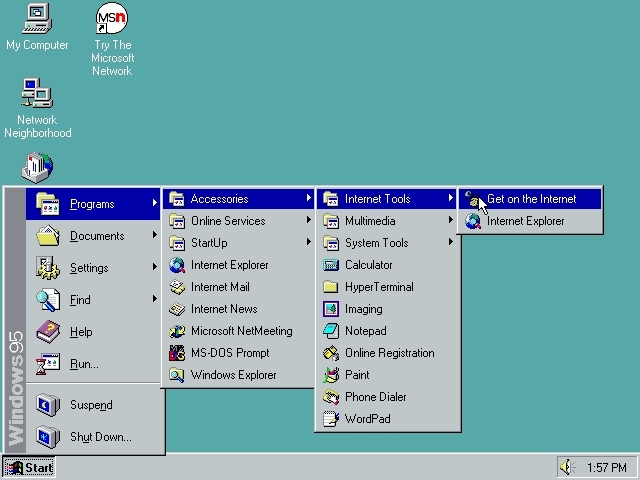
Out-of-scope for this series of evaluations are network operations covering file and print services, and Windows Update. Time permitting, I may even decide to look at Virtual PC from Microsoft, and possibly even DOSBox. In a future post, I’ll cover VMware Workstation Player. Under the microscope in this post is VirtualBox version 5.1.22 from Oracle, the latest version available at the time of writing this post. I decided to skip this complication as it’s possible to install IE5.5, the last version of IE that Windows 95 supported. I also didn’t bother with Windows 95 OSR2.5 (Windows 95C) as it bundled IE4. I avoided Windows 95 OSR1 (Windows 95A), as FAT32 only first appeared in OSR2.

The guest OS I used in these evaluations was Windows 95 OSR2 (also referred to as Windows 95B).

I decided to provide further detail in this post not so much to focus on Windows 95, but as a prelude to investigating how well different virtualisation software handled legacy operating systems. In a previous post, I provided an overview of my experience with installing Windows 95 in a VM.


 0 kommentar(er)
0 kommentar(er)
